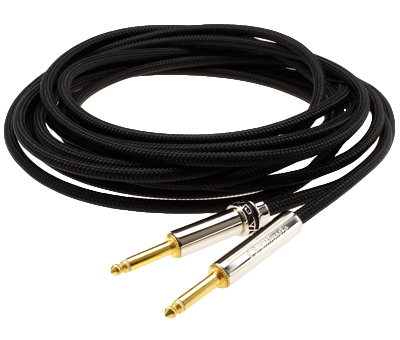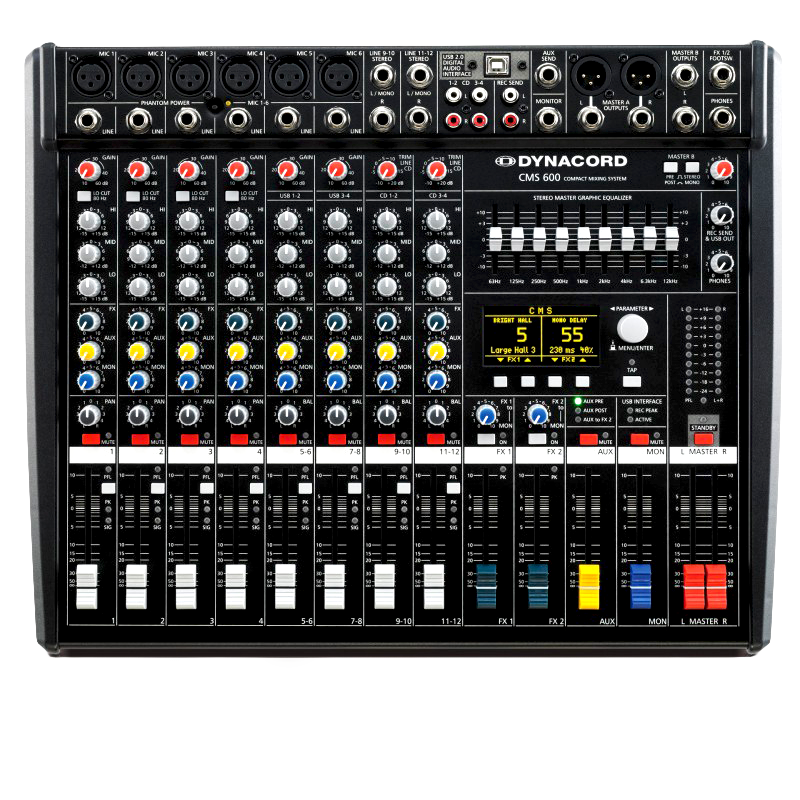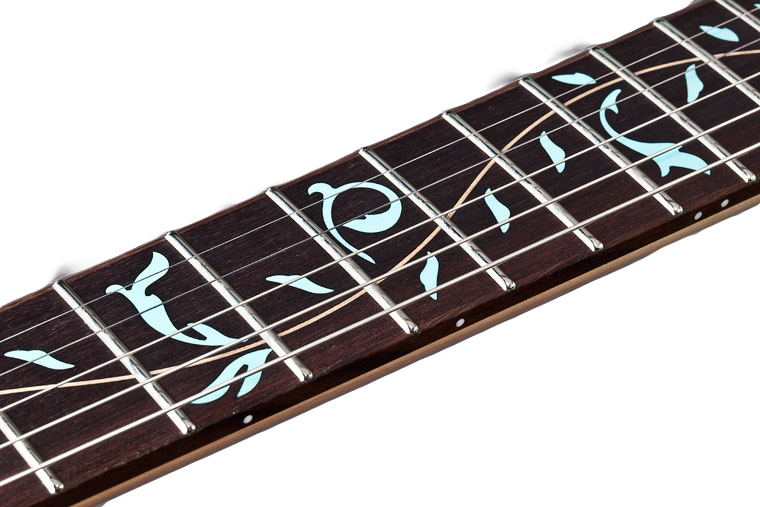Guitar Tonal Woods
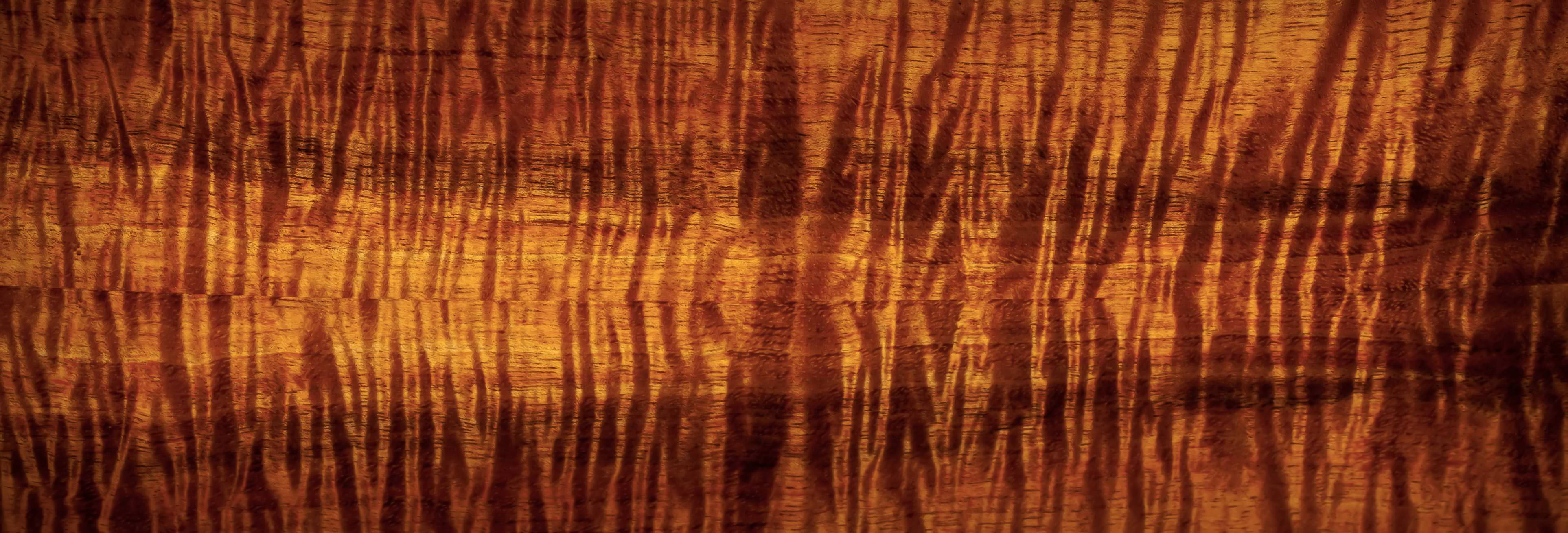
Guitar Tonal Woods
TONAL WOODS
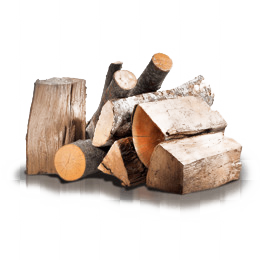
When shopping for any guitar, you're going to see a lot of woods mentioned in the specs for various parts making up the guitar. Although it all sounds quite exotic when reading it at times; what does it mean and what tone & sound does each of the different woods produce for a guitar?
The woods used to build guitars are called Tonal-Woods. The various woods each produce, distinct sound qualities and particular tones, especially when used on the top of a guitar. Tonal-Woods have enormous influence on the sound and price of a guitar, so it's a very cool nice to know when making that big decision on what guitar to buy!
BODY WOODS
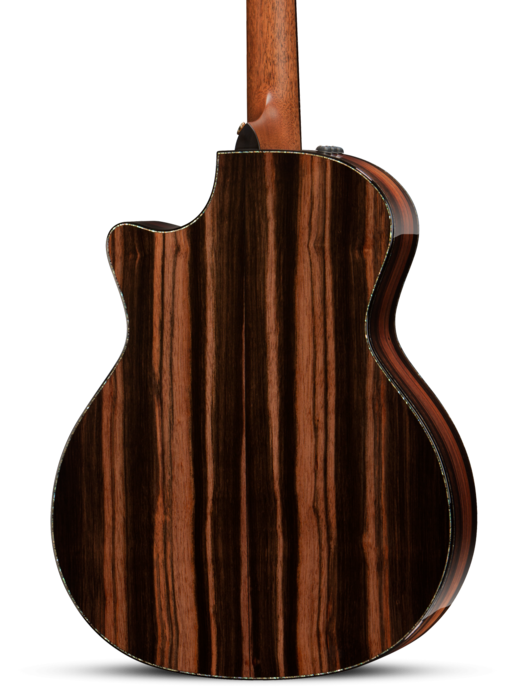
Body Tonal-woods host unique properties that help enhance a guitars overall key tones and ultimately a guitars fundamental sound.
Body woods also display visually appealing natural effects and beautiful characteristics that can differentiate guitars, showcasing each piece as unique.
Alder

A popular wood during the 1950's & 60's. A lightweight wood with tight pores. It boasts beautiful swirling grain patterns with large rings and sections that adds strength & enhances the complexity of tones.
This wood produces a warm sound with plenty of highs. Instruments made of Alder have less midrange & bass than other woods.

Basswood

An inexpensive wood that derives from Linden Trees. It's a soft wood with tight grains and it's easy to work with.
A challenge to it being a softwood, is it is prone to denting more easily. It's lightweight and the softness stimulates a weaker low end. Basswood has an overall warm, balanced sound with great mid-range and good sustain.

Mahogany

Many guitars are made with Mahogany. There was around 49 species of Mahogany, but as this is a hugely popular wood with a high demand for use of furniture and instruments, it has left some strands extinct. Most Of the Mahogany used today does not contain the same qualities as what was used in the 1940's & 50's. Mahogany became popular with guitars because of its attractiveness and that it is more affordable to that of Rosewood. Produces a warm timbre with a lot of bottom end.

Swamp Ash

Ash is found in two types: Northern, which is hard and Southern, which is soft (Swamp Ash). Hard Ash has a brighter tone & long lasting sustaining qualities. Swamp Ash is lightweight, visually appealing and has a pleasant timbre. Ash has open grain which means there is a lot of time involved in the process of filling it either with lacquer or coloured fillers, for smooth surface clearing. Swamp Ash has good sustain, firm bass tones, bite in midrange and airy highs.

Walnut

Walnut has a bright tone, but it's tone is still slightly warmer than maple; with good sustain. Walnut is a heavy wood that is still lighter than maple, and looks stunning with oil finishes.

Hawaiian Koa

Koa is grown in Hawaii, making it a bit harder to get your hands on. Koa incorporates much of the warmth of Rosewood and much of the Mahogany brightness, making a Koa a very balanced sounding guitar. The appearance of the golden colours and strong grain markings can be really appealing. It has gorgeous figure and a sweet, complex tone.

Maple

There are several species of maple available. Maple is most popularly used on necks & fretboards. It's a moderate to heavier, flat-sounding wood with a bright tone; and beautiful characteristic grain patterns. Hard Maple is tough on factory tools, so it is generally used for slimmer guitars. Maple is very durable due to it's tight grain. It really projects with bright highs and strong upper midrange.

Rosewood

Rosewood is available in two types: Brazilian & Indian Rosewood. Between the two , they are visually rich in a beautiful varieties of browns & purple colours. Indian Rosewood, not being as appealing as Brazilian as it has more of a purple tone and grain markings are coarser. Rosewood produces a warm, rich sounding guitar with great resonance and volume. Brazilian Rosewood, with it's strong & clear low end, rich & sparkly top end, and reverberant quality, has become hard to come by commercially, resulting in a rise in price and demand. Although Rosewood is hard, it's porous nature allows it to still project an overall warm tone.

FRETBOARD WOODS

The fretboard has the most influence over playability than any other part of a guitar. Fretboard woods possess unique qualities that enhance certain features of a guitar.
The wood ultimately chosen for the fretboard, has a massive influence over playability, tone and overall appearance.
Ebony

Ebony is available in two types: African and Asian. African is the more popular option as it has an elegant overall black appearance which is especially popular with Rock & Metal guitarists. Also used with high-end Acoustic guitars. Asian tends to feature brown stripes which can be distracting on frets. Ebony is a dense, heavy, yet smooth hardwood. It offers bright attack, great sustain and excellent durability compared to Rosewood. It also has an enormous amount of percussive overtones in the pick attack, and foster great, long sustain. A more expensive option in price range.

Maple

It is a light coloured wood, with tight pores & thin grain lines. With a light coloured wood like maple, the years of playing can wear into the neck, eventually displaying stains and dirt that have worked their way into the wood. Most consider this to look 'vintage'. Maple is a tremendously popular wood used for necks & fretboards. It is a dense and strong hardwood that must be finished to protect it from warping. It projects bright tone, good sustain with plenty of bite. Produces tremendous amounts of higher overtones and tight bass harmonics when used in a fretboard.

Rosewood

Rosewood is the most commonly used wood for fretboards. It is a medium to hard density wood that is naturally oily which means it doesn't necessarily require a finish. The overall sound it projects is richer than Maple because stray overtones are absorbed into the oily pores. Rosewood is one of the heaviest woods, possessing a warm sound with high ends sounding dampened.

NECK WOODS

Neck woods play a tremendously necessary role in the Stability & Support of the structure of a guitar, as the neck and top directly absorb all tension of the strings.
To prevent severe problems occuring with the neck as it ages, and to enhance tones projected, It's important the wood selected possess particular characteristics.
Wenge

Wenge is a dark, purplish-brown to Black coloured African hardwood, with dark chocolate stripes imprinted. Wenge possesses a Vitreousness quality that projects a glass ringing sound called 'glasslike-ness'. Vitreousness is a function derived from the wood being brittle on the cellular-structure level. A hard, coarser textured wood with open grain. Wenge trims some high overtones, while resonating mids & low mids due to the 'multi density stripes'.

Maple

Maple has uniform grain, making it strong & stable. It also has less reaction to environmental changes than other hardwoods. It projects a bright tone that is highly reflective and exerts more energy onto the body wood.

Hawaiian Koa

Koa deriving from Hawaii means it is harder to obtain. The tone of Koa when used in the neck is in-between that of Mahogany and Maple, except it projects more of a sweeter top end.
Sounds especially immaculate when hosted with an African Ebony Fretboard.

Rosewood

Rosewood has the warm "Rock n Roll" tonality, while the warm tone is also quite popular amongst Blues Players. Rosewood contains natural oils, so no finish is required - it feels smooth and fast while playing.
Rosewood necks give great sustain while smoothing out the highs, generally coming through with a brighter top end.

Mahogany

Mahogany is the wood most associated to Gibson Guitars. Mahogany makes for a very stable neck because of it's even density, which reduces the risk of warping with age.
Mahogany produces warmer, fatter guitar tones which is enhanced when used in the neck construction.




